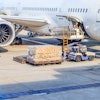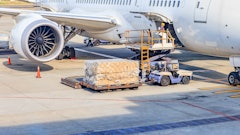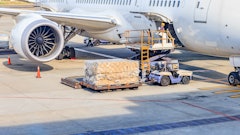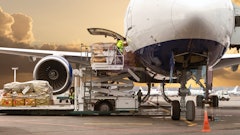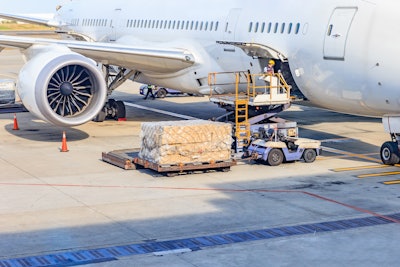
Global air cargo market data for May from the International Air Transport Association (IATA) shows total demand, measured in cargo ton-kilometers (CTK), rose by 2.2% compared to May 2024 levels (+3.0% for international operations).
What’s more, capacity, measured in available cargo ton-kilometers (ACTK), increased by 2% compared to May 2024 (+2.6% for international operations).
“Air cargo demand globally grew 2.2% in May. That is encouraging news as a 10.7% drop in traffic on the Asia to North America trade lane illustrated the dampening effect of shifting US trade policies. Even as these policies evolve, already we can see the air cargo sector’s well-tested resilience helping shippers to accommodate supply chain needs to flexibly hold back, re-route or accelerate deliveries,” says Willie Walsh, IATA’s director general.
Key takeaways:
• Year-on-year, world industrial production rose 2.6% in April 2025. Air cargo volumes grew 6.8% over the same period, outpacing global goods trade growth of 3.8%.
• Jet fuel prices in May 2025 were 18.8% lower than the previous year and 4.3% below the previous month.
• Global manufacturing contracted in May, with the PMI falling to 49.1, below the 50 mark that signals growth. New export orders also remained in negative territory at 48, reflecting pressure from recent U.S. trade policy changes.
· North American carriers saw a -5.8% year-on-year decrease in growth for air cargo in May, the slowest growth of all regions. Capacity decreased by -3.2% year-on-year.
· A significant decrease in the Asia-North America trade lane was expected and realized as the effect of front-loading faded (moving goods to market in advance of tariffs coming into effect) and changes to the de-minimis exemption on small package shipments (particularly those associated with e-commerce) were enforced. As cargo flows reorganized, several route areas responded with surprising growth.




